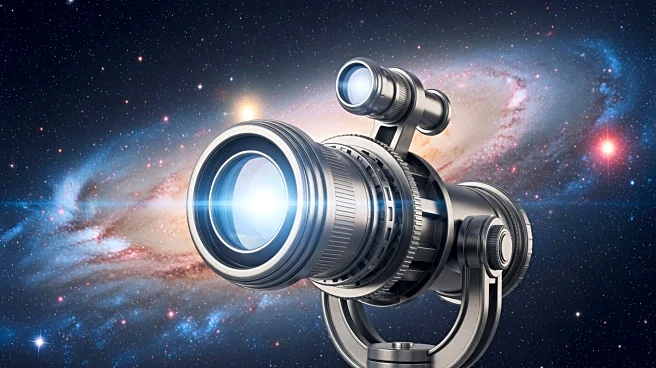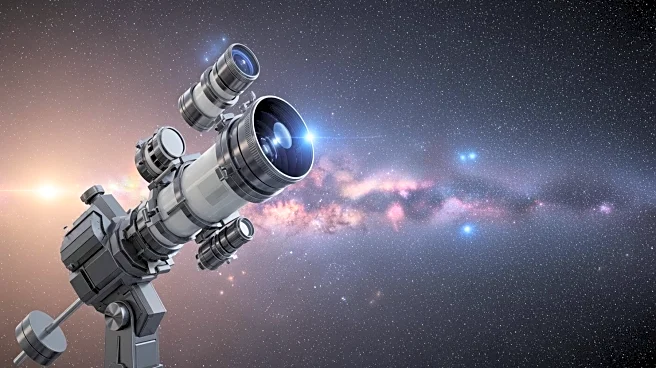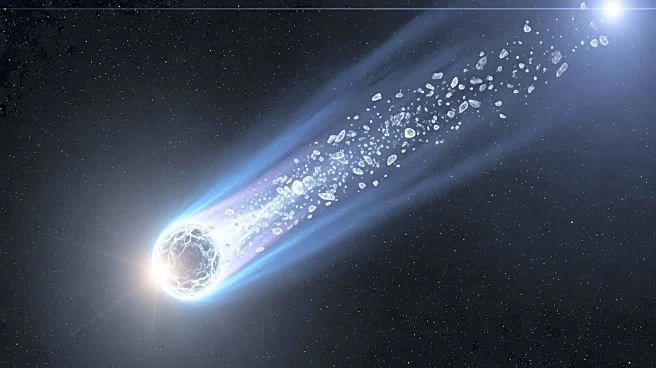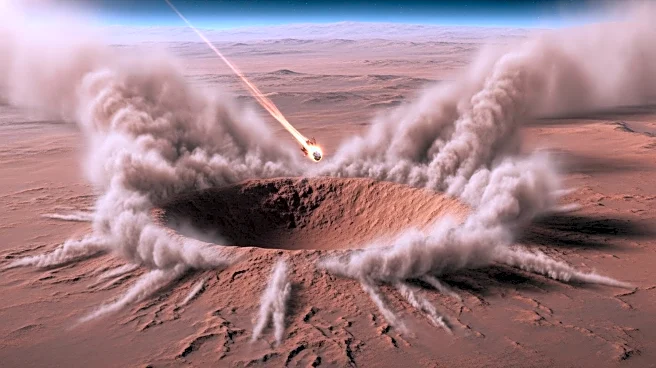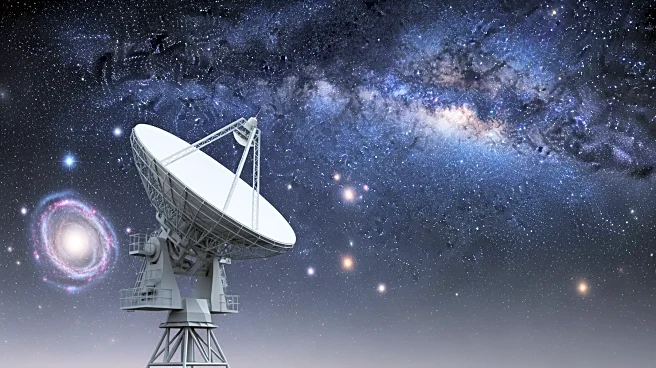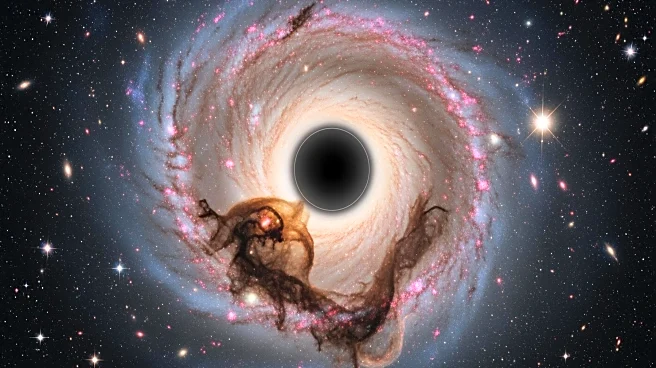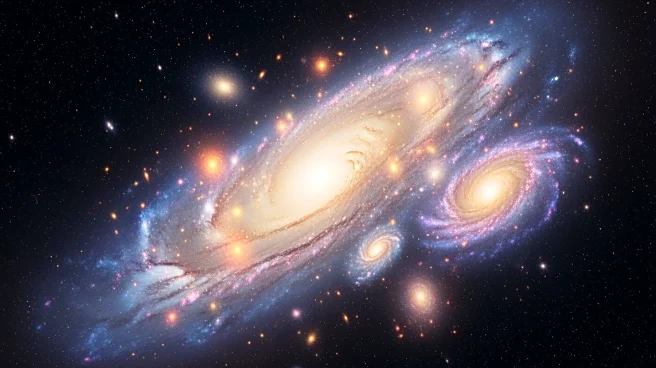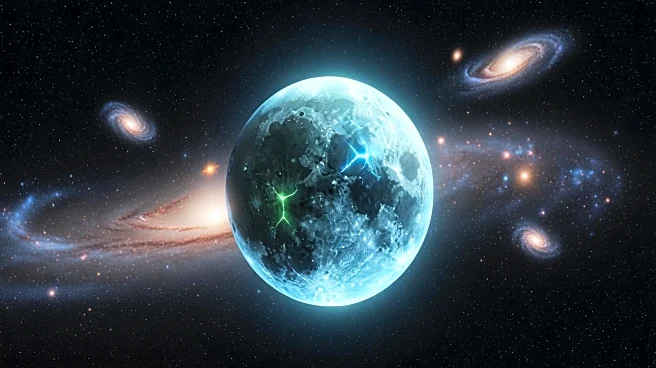What's Happening?
The European Space Agency's Euclid telescope, in conjunction with the Herschel Space Observatory, has confirmed that star formation in the universe has peaked and is now in decline. By analyzing the heat
emitted by stardust in over 2 million galaxies, researchers found that galaxies have cooled and star formation rates have decreased over the past 10 billion years. This suggests that the universe's most active period of star formation is over, and it is now on a path to becoming colder and less active.
Why It's Important?
This finding is crucial for understanding the long-term evolution of the universe. The decline in star formation indicates that the universe is gradually moving towards a state of lower activity, which could have significant implications for the future of cosmic structures. The research provides valuable data for cosmologists studying the lifecycle of galaxies and the overall dynamics of the universe. It also highlights the importance of continued observation and mapping of the cosmos to track these changes.
What's Next?
The Euclid mission will continue to map the universe, aiming to chart about 1.5 billion galaxies. This ongoing research will help refine our understanding of cosmic evolution and the factors influencing star formation. The data collected will be essential for future studies on the universe's structure and the forces driving its changes.
